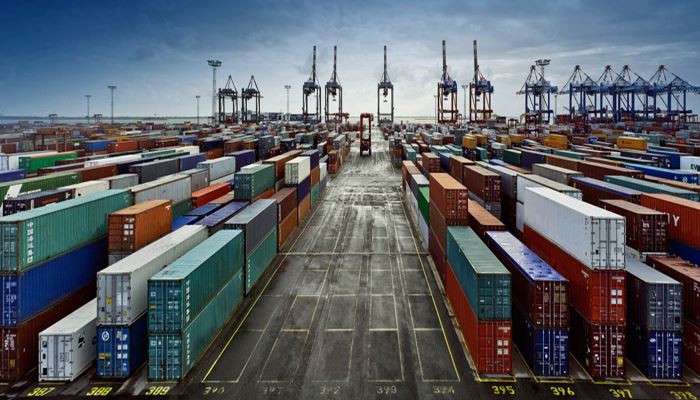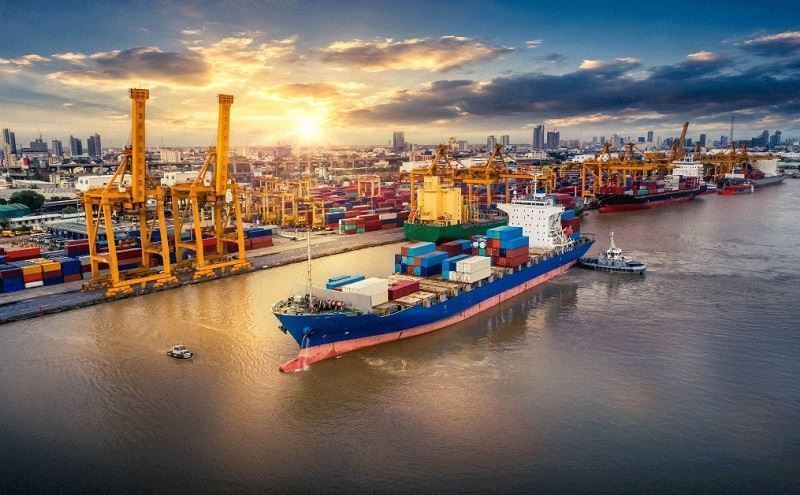China's trade data for November gave mixed signals regarding the economy. Exports rose by 6.7% y-o-y to USD 312 billion, while imports fell by 3.9%, the sharpest decline since September 2023. This has raised concerns about the Chinese economy due to sluggish consumer demand and looming tariff threats from the US.
Exports rose for the eighth consecutive month in November, but fell short of the 12.7% increase recorded the previous month. Analysts attributed this to US companies bringing forward orders ahead of possible tariffs under President-elect Donald Trump. Economists’ expectations of 8.5% growth also fell short of the actual figure.
China’s exports to its major trading partners generally increased. Shipments to ASEAN countries increased by about 15% on an annual basis, while exports to the US increased by 8%. However, imports from ASEAN fell by 3% and from the US by 11%. In trade with Russia, exports fell by 2.5% and imports by 6.5%.
Rare earth exports increased by 5% to 4,416 tons in November, driven by demand for electric vehicles and electronics. In contrast, imports fell by more than 20%. This decline was attributed to the government’s tightening of the domestic rare earth industry.
China’s steel exports also rose by 16% to 9.28 million tons in the same period. Annual steel exports are expected to exceed 100 million tons for the first time since 2016.
Overall, trade data highlight China’s reliance on exports amid weakening domestic demand. Despite economic incentives, ex-factory prices fell for the 26th consecutive month. Manufacturing activity increased slightly, while consumer inflation rose by only 0.2% y-o-y, reflecting weak domestic demand.









Comments
No comment yet.